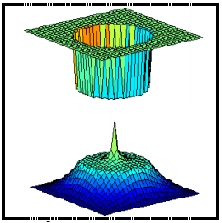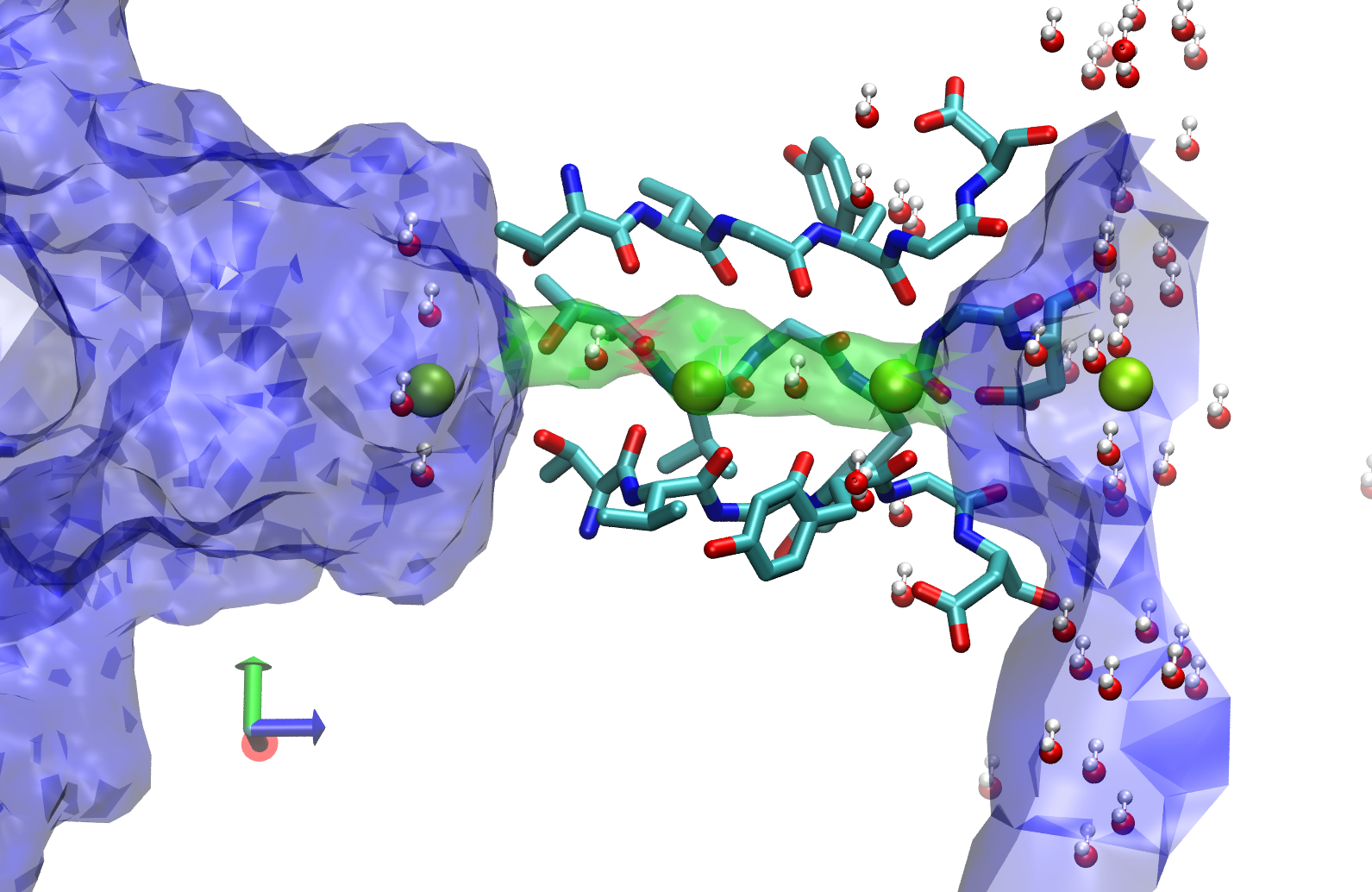
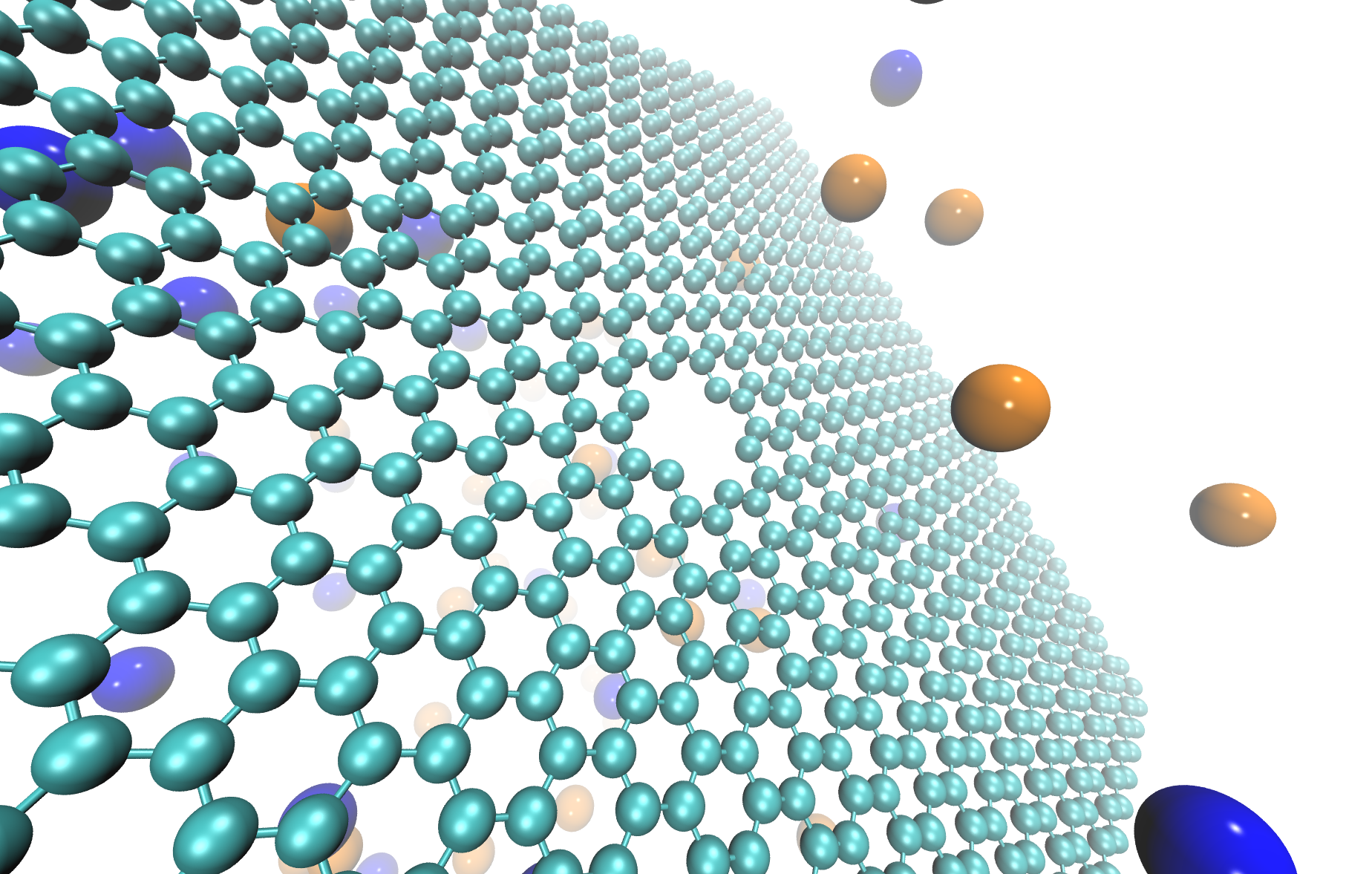
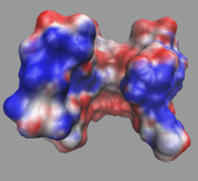
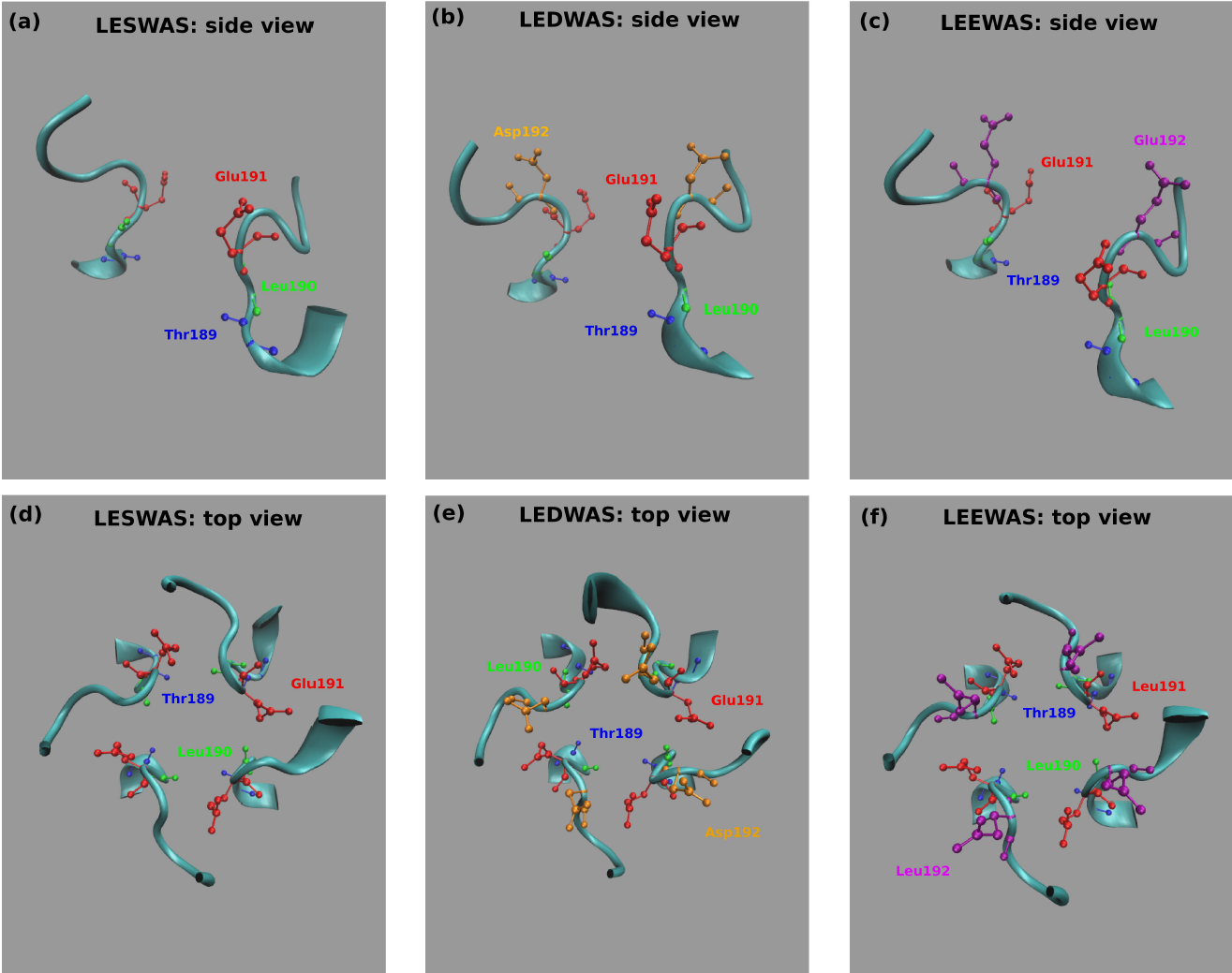

How to connect ion channel’s structure and its function?
We tend to answer this question using discrete electrostatics and ionic Coulomb blockade, the statistical and kinetic theory of selectivity, BD and MD simulations, site directed mutagenesis and patch clamp studies. The research combines and unites expertise of the Nonlinear Biomedical Physics Group and Biomedical and Life Sciences at Lancaster University, the Centre for Scientific Computing at Warwick University, and the Rush Medical Center in Chicago.
Why to study ion channels?
Human body organs consist of cells — smallest functional units. Their functionality is based on the presence, amount, and exchange of K+, Na+, Ca2+, Mg2+, Cl- and some other ions. These ions exist inside and outside the cell. But how a cell can exchange these ions to reveal its function? This job is carried by ion channels, pumps, and cotransporters.
Ion channels are complex proteins embedded into the cellular membrane. They provide fast and selective passive transport of ions down their concentration gradients. Proper operation of ion channels defines whether the organism stays in healthy state or a disease evolves. The list of diseases is quite capacious: channelopathies (malignant hyperthermia, influenza, diabetes, central core disease, dyspedic mice, neurological disorders, autoimmune diseases), Liddle syndrome, epilepsy, cystic fibrosis, dominant hearing loss, arrythmias, chronic pain, asthma etc. This apparent complexity results from channel's inability to present its specific properties (functions), which are conductivity, selectivity, rectification, gating, sensitivity to Ca, Mg and other ions and molecules, external voltage or pH. It is the structure of ion channels that defines this multitude of the functions.
Applications to medicine and technology
Our findings apply to biophysics, electrophysiology, and pharmacology, including treatment of diseases, a design of drugs, better ways of delivering drugs, low-temperature body preservation, recovery from coma, and protein folding. Technology benefits from the development of nanoscale fluidics, artificial nanopores, nanoscale fluid filters, nanowires, synthetic ion channels, phase transitions in 1D systems, science of complex fluids, water desalination, power generation, or even boost our understanding of quantum mechanics. Eventually, understanding the structure-function relation in reverse engineering allows to construct channels with predefined properties.

